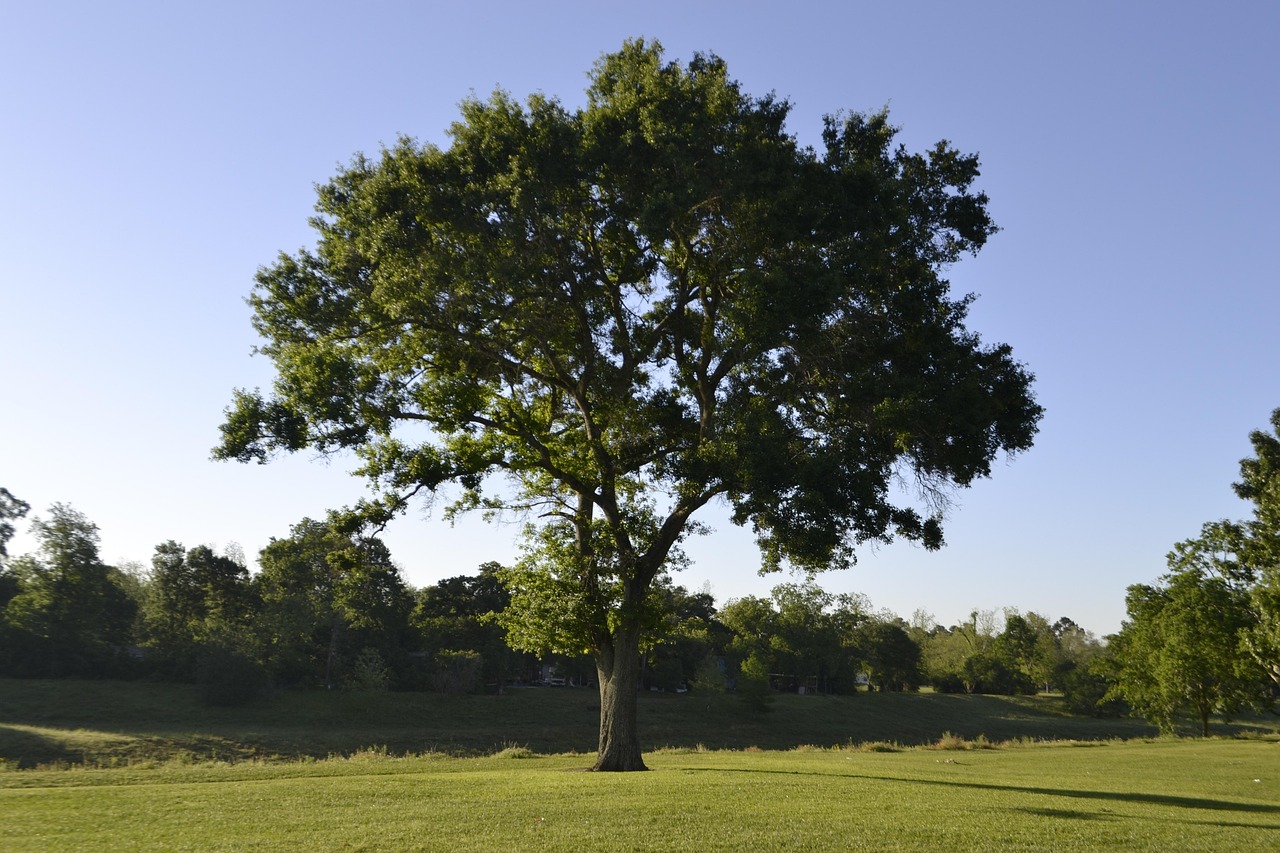(image credit: by Pixabay)
A construction project in Vienna has turned into a historic breakthrough. Archaeologists have uncovered a 1st-century Roman mass grave beneath a soccer field—offering the first concrete evidence of a military conflict from the Roman Empire in the region.
When Sports Meets History
What started as routine renovation work at a soccer field in Vienna’s Simmering neighborhood quickly became a site of extraordinary archaeological significance. As workers dug into the earth, they uncovered a mass grave containing the skeletal remains of 129 individuals, believed to be Roman soldiers.
The discovery is now estimated to hold over 150 victims in total, making it one of the largest Roman-era burial sites found in Austria—and possibly the oldest direct evidence of battle in the region.
Clues from the Past: Signs of Warfare
Initial analysis of the remains shows trauma consistent with combat wounds, including skull fractures and weapon-inflicted injuries. Many of the skeletons were buried in chaotic, overlapping positions—further suggesting a hurried mass burial following a violent event rather than an organized military cemetery.
This chaotic burial style contrasts with the highly ritualized Roman burial practices of the time, supporting the theory that these individuals perished in a sudden, large-scale conflict.
Historical and Genetic Goldmine
Alongside the bones, archaeologists found fragments of Roman military gear—such as spearheads, belt buckles, and armor fittings—which help date the site to the 1st century AD. Scientists are now planning DNA analysis and isotope testing to uncover more about these soldiers’ origins: Were they local recruits? Mercenaries? Or imperial legionaries from distant parts of the Roman Empire?
Such tests could also reveal valuable insights into the soldiers’ diet, health, and geographic background—offering a rare window into the life (and death) of a Roman army stationed on the empire’s frontier.
Rewriting the Roman Map of Austria
Until now, there was limited archaeological evidence of Roman military conflict in Vienna, even though the city (then known as Vindobona) was a strategic Roman outpost. This mass grave could mark the first physical confirmation of a battle, likely involving Roman forces and local tribes.
The site may rewrite the historical narrative of early Roman activity in Central Europe, highlighting more tension and conflict than previously assumed during the empire’s expansion into what is now Austria.


